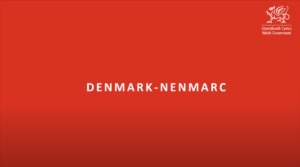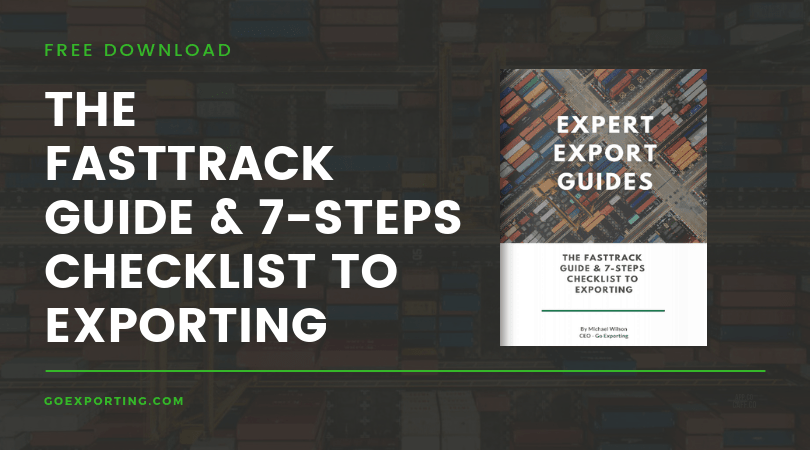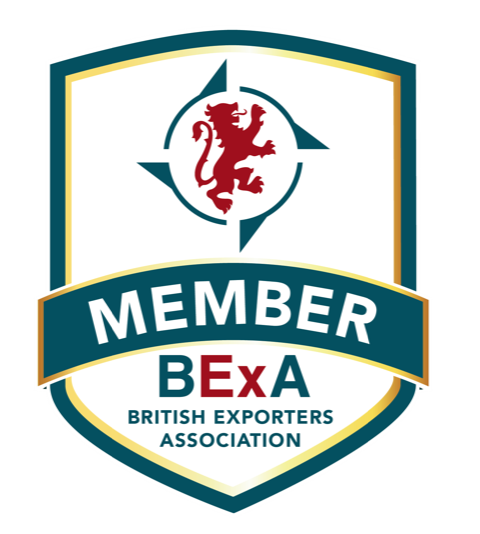If the UK’s exit from the European Union had its’ own Doomsday Clock, then the time has been steadily ticking towards midnight for some months now.
The rhetoric from both sides of the negotiation table has been strong, with Boris Johnson saying himself only a few days ago that UK businesses should now prepare for a no deal exit from the single market.
There has been a slight ray of light in the last 48 hours though with Barnier and Boris agreeing on a new set of intensified talks, so an agreement could be reached.
But what would that agreement look like? The UK had previously set out to achieve a Canada-style deal but lately has been angling more for an Australian-style deal. There are semantics at play here, as business minister Alok Sharma said himself on LBC London, because Australia currently doesn’t have a deal with the EU.
But what are the pros and cons of both arrangements? Which would be best for UK businesses?
Australian-style Deal
Australia is currently negotiating a free trade agreement with the EU, but the version that the UK would get is what Australia currently has – which is not much.
On these terms, the UK would have no favourable access to the EU market, and businesses on UK and EU-sides would have to pay standard WTO tariffs when trading between markets.
This will increase costs on some goods such as milk and cheese, by 30%, whilst cars could see price hikes of 10% or more – and all these costs will likely be passed on to the consumer.
The UK’s large services sector would also lose any preferential access to the EU market as well under the current Australian-style model.
Canada-style Deal
Most businesses would tell you they’d prefer a Canada-style arrangement with the EU moving forward.
Canada has had a deal with the EU since 2017 called the Comprehensive Economic and Trade Agreement (CETA), which gives the country’s businesses almost tariff-free trade in goods.
One of the main restrictions of the CETA arrangement is the protection of EU goods which have geographical indicators. For example, Champagne and camembert imported into Canada must only be from France.
There are benefits when it comes to red tape as well. Products cleared under EU safety and security rules get an import pass when they arrive in Canada, saving time and money for the exporter and the buyer.
Read more: Trade deal back on?
But quotas on the quantity of individual products that can be exported without extra charges do still exist, although the ceiling whereby those charges would take effect is higher via this agreement. Import taxes remain on meat, eggs, and poultry, but 98% of products enjoy tariff-free status.
However, Canada does still have to deal with more regulatory barriers to trade with the EU than EU nations do and, of most concern to the UK economy, Canadian service providers have limited access to the EU market – although both EU and Canadian businesses can bid on governmental contracts where real and evident expertise exist.
For more information about the continuing Brexit negotiations, and for expert advice on how to prepare your business for the end of the Transition Period, visit our Brexit Knowledge Bank here.









